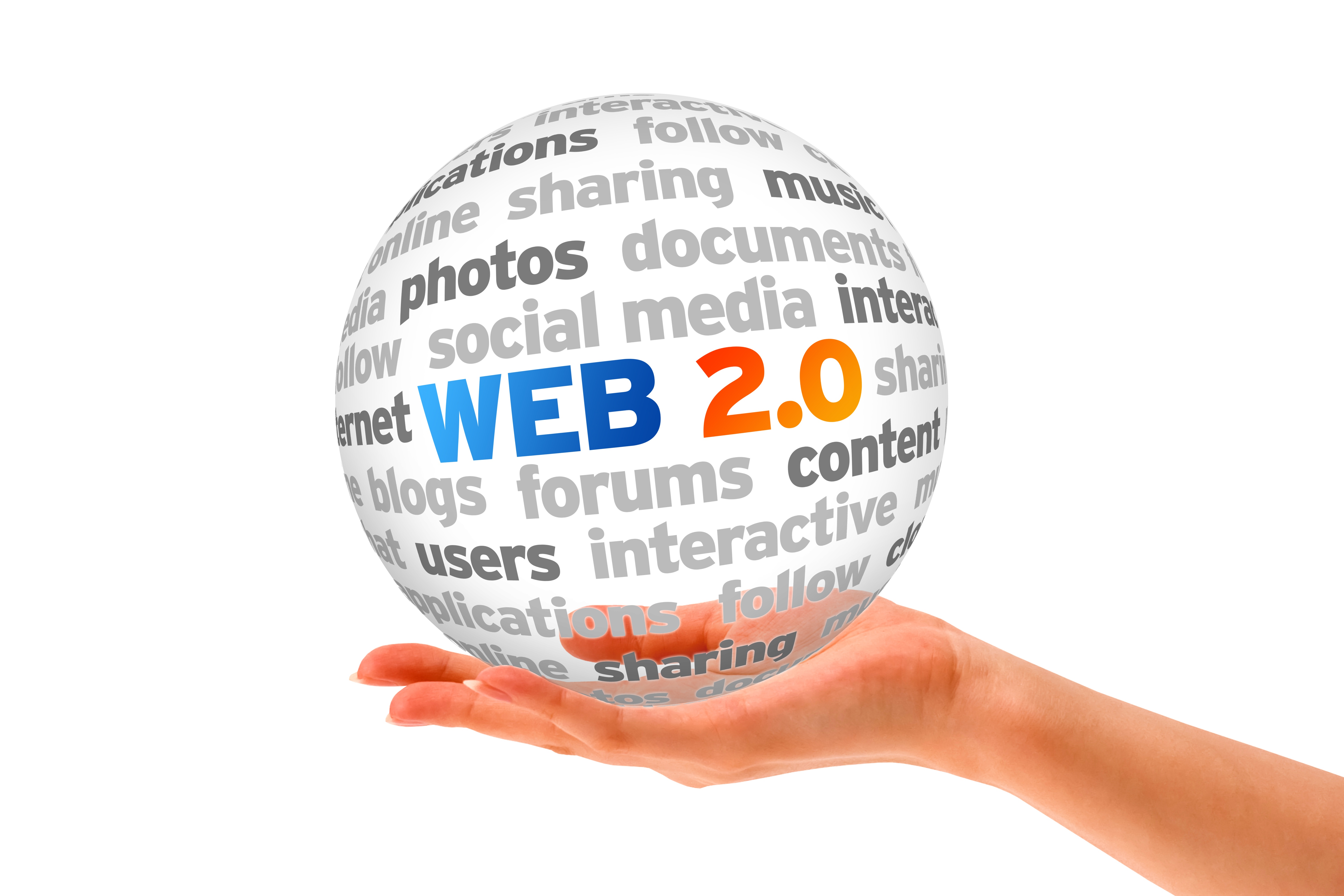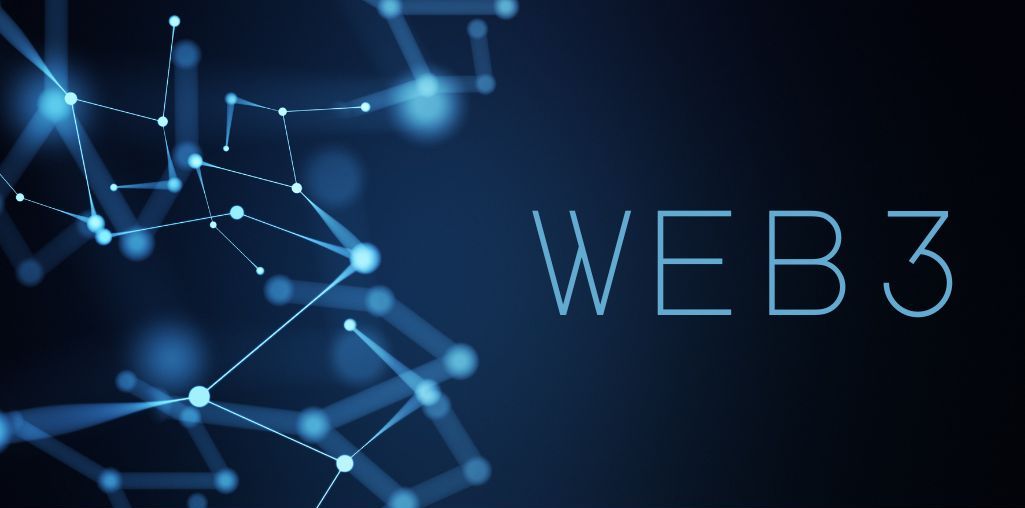Web3 is ORYON
We all know that Web3 is the next step in the evolution of the web, but let’s take a more detailed look at what exactly that means.
Web1
No one really calls the initial version of the web “Web1,” but I’ll use this naming convention for all three (Web1, Web2, Web3) just to make it clearer for readers.
The (World Wide) Web was created around 1990 by Tim Berners-Lee, a computer scientist at CERN. It was a revolution in how data is shared across the globe, and it quickly started gaining traction (although not without criticism and mockery).

Web1 mainly consisted of static websites, and most of these websites were self-hosted.
Web2
Web2 (more commonly referred to as Web 2.0) brought quite a few significant changes to the web:
- Dynamic websites
- User-generated content (blogs, social networks)
- The Cloud
While dynamic websites already existed before, Web2 made dynamic websites practically a must.
The old Web1 consisted mostly of static websites where the website admin (the “webmaster”) was the one generating content for the site.
But dynamic websites brought a completely different use case. They gave users the ability to generate their own content. This was a win-win situation because webmasters did not have to worry about creating content anymore, and non-technical users were empowered to use their creativity on the web.

This gave rise to new kinds of websites such as blogs, social networks, and later social media.
An important thing to note here is that even though Web2 was the new iteration of Web1, it didn’t mean that Web1 has “shut down.” Web1 still exists (self-hosted static websites are still here). Web2 merely brought new features to the web and extended its usability. This is why it’s better to look at web1/web2/web3 as new concepts/features for the existing web, rather than different versions of the web.
Web2 also marked a shift towards a more centralized web.
Instead of hosting a website on your home server, most websites started moving to big data centers - this is what we know as “the Cloud.”
The three biggest cloud services right now are operated by Big Tech giants: AWS (Amazon), Azure (Microsoft), and Google Cloud.
Web3
Just like Web2 brought new usability to the existing web, so does Web3.
The main features of Web3 are shifting the web back towards being more decentralized; open infrastructure standards; and the Option to Run Your Own Node (ORYON).
All these are intertwined, so I’ll explain them together.

The big Web2 cloud providers such as Amazon and Google do not allow you to run your own node/server for their native services. If you use Google Cloud Storage for image uploads on your website, you have to use Google’s servers. Google will not let you run a Google Cloud Storage server on your home server.
On the other hand, IPFS allows you to do that. You can run your IPFS node at home. You may ask, why wouldn’t you instead run just a normal file storage server? Why does it have to be IPFS (or a similar open protocol such as Arweave)?
Well, if your home server’s disk gets corrupted, you lose all the files if you run a classic file server. But if you run an IPFS node, there are other nodes that also stored your files, and you can easily restore your node with data from other nodes.
Moreover, if you don’t want to run your own IPFS node, you can use a professional IPFS service provider such as Piñata, Web3 Storage, Spheron, or 4everland. You can use them the same way as you use Web2 storage services - via an API key.
But contrary to Web2 services, all these Web3 IPFS providers use the same open standard underneath, which makes it easy to switch between them or to switch between using them or hosting your own node.
Optionality
This is how Web3 brings the best of both worlds: the convenience of using a 3rd party provider (like in Web2), but also the freedom of using your own node while being sure that your data will not get lost if your hard drive breaks.
The same applies to other web3 open standards/protocols such as blockchains. You have an option to run your own node (ORYON) or use a 3rd party provider (or both) if you want.
I hope this blog post has provided you with a better understanding of what Web3 is and how it differs from Web1 and Web2, beyond the usual ‘digital ownership’ feature that we all already know about.
In short, Web3 brings more decentralization, more openness, and more optionality to the existing web.